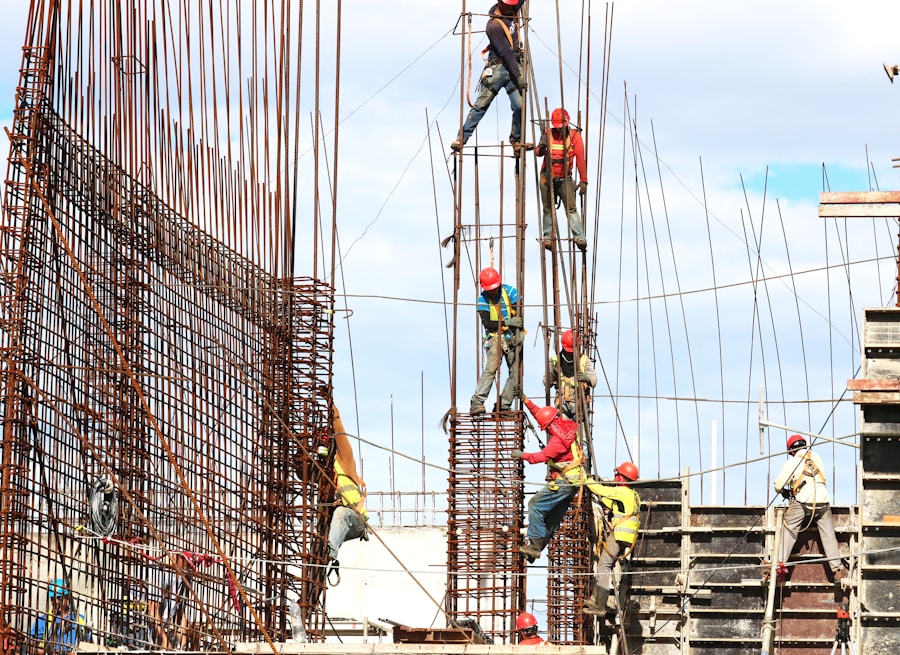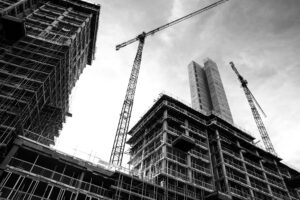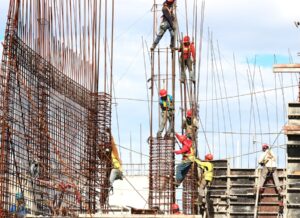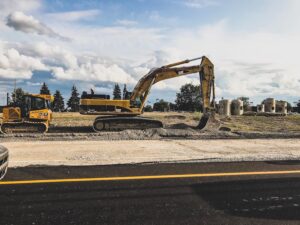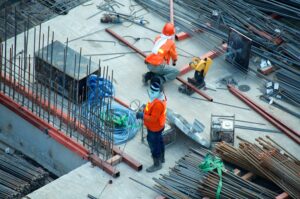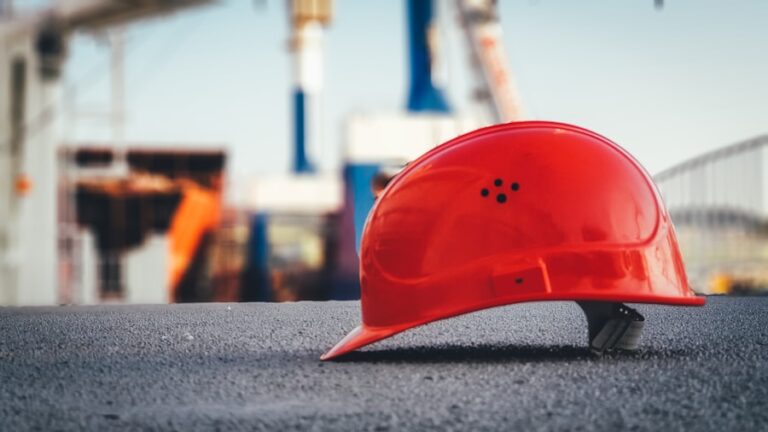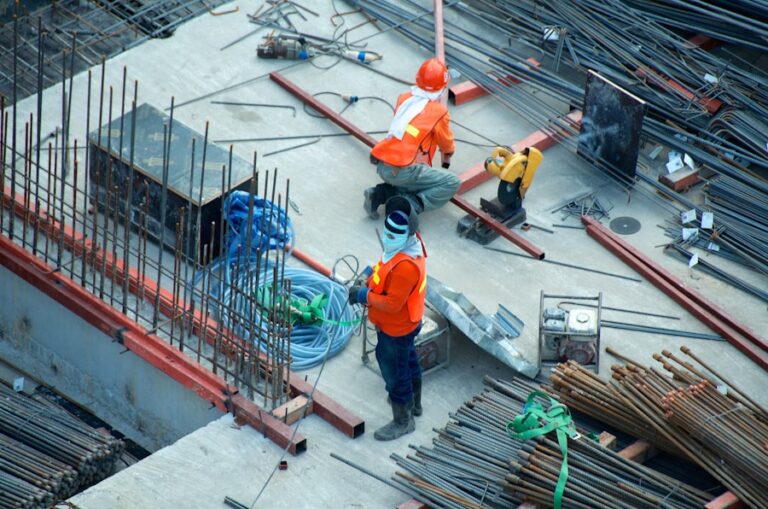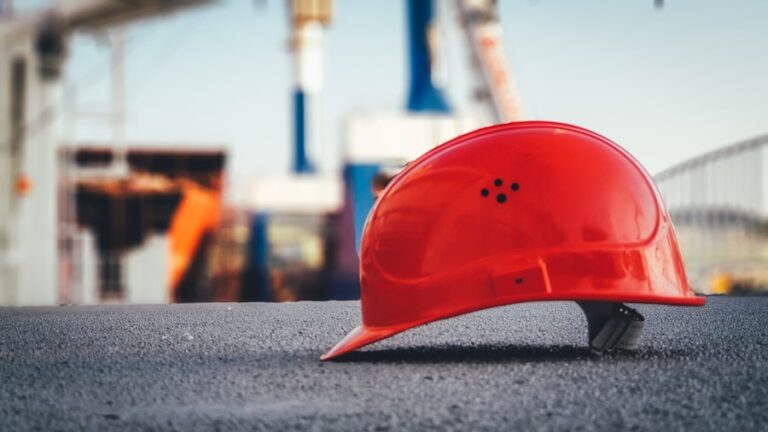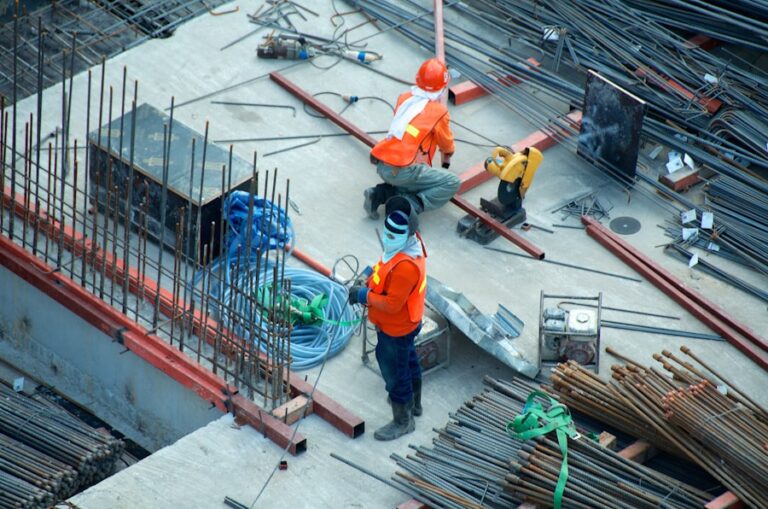When building a villa in Bali, the location and land are crucial factors to consider. The initial step is to identify a location that aligns with your needs and preferences, whether it’s a beachfront property, a hillside location with panoramic views, or a secluded spot surrounded by lush tropical vegetation. Bali offers a diverse range of options to suit individual tastes.
Once the ideal location is found, it’s essential to assess the land itself. The size and shape of the land, topography, and soil conditions will significantly impact the design and construction of the villa. Collaborating with a reputable land surveyor and geotechnical engineer is vital to evaluate the land’s suitability for construction and obtain necessary permits and approvals.
Beyond finding the perfect location, it’s crucial to consider the land’s characteristics and any environmental or cultural implications that may affect the construction process. For instance, if the chosen location is near a protected natural area or a sacred site, it’s necessary to work closely with local authorities and community leaders to ensure that the project respects and preserves the surrounding environment and cultural heritage.
Key Takeaways
- Choose a location with easy access to main roads and amenities for your Bali villa construction
- Research and obtain all necessary permits and legal requirements before starting construction
- Work with a reputable architect to design a villa that suits your needs and adheres to local building regulations
- Select high-quality, locally-sourced materials for construction to ensure durability and sustainability
- Plan for utilities and infrastructure such as water, electricity, and waste management in the early stages of the project to avoid delays
Permits and Legal Requirements
Understanding the Permit Requirements
The specific permits required will vary depending on your villa’s location and project scope. However, in general, you’ll need to obtain a building permit, an environmental impact assessment, and other relevant permits or approvals mandated by local regulations.
Navigating the Permit Process
Working with a reputable local architect or construction firm can be invaluable in navigating the complex permit process. They can help ensure your project complies with all legal requirements, saving you time and potential legal complications.
Avoiding Legal Complications
It’s also essential to be aware of any location-specific restrictions or limitations, such as height restrictions, setback requirements, or zoning regulations. By working closely with local authorities and legal experts, you can ensure your villa construction project proceeds smoothly and without any legal issues.
Design and Architecture
The design and architecture of your Bali villa are crucial aspects of the construction process. Whether you prefer a modern minimalist style, a traditional Balinese design, or something in between, it is important to work with a talented architect who can bring your vision to life. When designing your villa, it is important to consider not only aesthetics but also practical considerations such as natural ventilation, energy efficiency, and sustainability.
Balinese architecture often incorporates open-air living spaces, natural materials such as wood and stone, and traditional design elements such as carved doors and intricate roof structures. By working with a skilled architect who understands the local design traditions and environmental conditions, you can create a villa that is not only beautiful but also functional and sustainable. The design and architecture of your Bali villa are crucial aspects of the construction process.
Whether you prefer a modern minimalist style, a traditional Balinese design, or something in between, it is important to work with a talented architect who can bring your vision to life. When designing your villa, it is important to consider not only aesthetics but also practical considerations such as natural ventilation, energy efficiency, and sustainability. Balinese architecture often incorporates open-air living spaces, natural materials such as wood and stone, and traditional design elements such as carved doors and intricate roof structures.
By working with a skilled architect who understands the local design traditions and environmental conditions, you can create a villa that is not only beautiful but also functional and sustainable.
Materials and Construction Process
| Construction Stage | Checklist Item | Details |
|---|---|---|
| Pre-Construction | Land Survey | Ensure accurate measurements and boundaries |
| Design Phase | Architectural Plans | Review and finalize floor plans and elevations |
| Permits and Approvals | Building Permits | Obtain necessary permits from local authorities |
| Site Preparation | Clearing and Grading | Prepare the site for construction |
| Foundation | Soil Testing | Ensure soil stability and compaction |
| Structural Construction | Quality Control | Regular inspections to maintain construction standards |
| Roofing and Exterior | Weatherproofing | Protect the villa from water damage |
| Interior Finishes | Material Selection | Choose durable and aesthetically pleasing materials |
| Final Inspections | Code Compliance | Ensure the villa meets all building codes and regulations |
| Completion | Handover Inspection | Thorough inspection before handing over the villa to the owner |
Choosing the right materials for your Bali villa is essential for creating a durable and beautiful home that will stand the test of time. Balinese architecture often makes use of natural materials such as wood, stone, bamboo, and thatch, which not only lend a unique aesthetic appeal but also help to create a comfortable living environment in Bali’s tropical climate. When it comes to construction, it is important to work with experienced builders who have a deep understanding of local building techniques and materials.
By using traditional construction methods and locally sourced materials, you can create a villa that seamlessly blends with its natural surroundings while also minimizing its environmental impact. Choosing the right materials for your Bali villa is essential for creating a durable and beautiful home that will stand the test of time. Balinese architecture often makes use of natural materials such as wood, stone, bamboo, and thatch, which not only lend a unique aesthetic appeal but also help to create a comfortable living environment in Bali’s tropical climate.
When it comes to construction, it is important to work with experienced builders who have a deep understanding of local building techniques and materials. By using traditional construction methods and locally sourced materials, you can create a villa that seamlessly blends with its natural surroundings while also minimizing its environmental impact.
Utilities and Infrastructure
Ensuring that your Bali villa has access to essential utilities such as water, electricity, and internet connectivity is crucial for creating a comfortable living environment. In some remote areas of Bali, access to utilities may be limited or unreliable, so it is important to carefully consider these factors when choosing a location for your villa. Working with experienced engineers and utility providers can help ensure that your villa has access to reliable utilities while also minimizing its environmental impact.
Additionally, it is important to consider infrastructure such as roads, drainage systems, and waste management facilities to ensure that your villa is well-connected and sustainable. Ensuring that your Bali villa has access to essential utilities such as water, electricity, and internet connectivity is crucial for creating a comfortable living environment. In some remote areas of Bali, access to utilities may be limited or unreliable, so it is important to carefully consider these factors when choosing a location for your villa.
Working with experienced engineers and utility providers can help ensure that your villa has access to reliable utilities while also minimizing its environmental impact. Additionally, it is important to consider infrastructure such as roads, drainage systems, and waste management facilities to ensure that your villa is well-connected and sustainable.
Interior and Exterior Features
Designing the Perfect Interior
When designing the interior of your villa, it is important to consider factors such as natural lighting, ventilation, and privacy while also incorporating elements of Balinese design such as carved woodwork and traditional textiles.
Creating an Idyllic Exterior
Similarly, when designing the exterior of your villa, it is important to consider factors such as landscaping, outdoor living spaces, and views while also ensuring that the design complements the natural beauty of its surroundings.
Customization Options Abound
From spacious living areas and luxurious bedrooms to outdoor lounges and infinity pools, there are countless ways to customize your villa to suit your lifestyle and preferences.
Budgeting and Project Management
Finally, budgeting and project management are crucial aspects of building a villa in Bali. It is important to carefully consider all costs associated with the project including land acquisition, design fees, construction costs, permits and legal fees, utilities installation costs, interior design fees, landscaping costs, and ongoing maintenance costs. Working with experienced project managers can help ensure that your project stays on track both in terms of budgeting and scheduling while also minimizing any potential delays or cost overruns.
By carefully planning and managing your project from start to finish, you can create a beautiful Bali villa that meets all of your needs while also staying within budget. Finally, budgeting and project management are crucial aspects of building a villa in Bali. It is important to carefully consider all costs associated with the project including land acquisition, design fees, construction costs, permits and legal fees, utilities installation costs, interior design fees, landscaping costs, and ongoing maintenance costs.
Working with experienced project managers can help ensure that your project stays on track both in terms of budgeting and scheduling while also minimizing any potential delays or cost overruns. By carefully planning and managing your project from start to finish, you can create a beautiful Bali villa that meets all of your needs while also staying within budget. In conclusion…
Building a villa in Bali is an exciting opportunity to create a beautiful home in one of the world’s most stunning locations. By carefully considering factors such as location and land considerations, permits and legal requirements, design and architecture, materials and construction process, utilities and infrastructure, interior and exterior features, budgeting and project management; you can create a stunning Bali villa that meets all of your needs while also respecting its natural surroundings. With careful planning and attention to detail at every stage of the process; you can create a truly exceptional home that reflects the beauty and tranquility of Bali’s unique environment.
Whether you are building a vacation home or a permanent residence; building a villa in Bali offers an opportunity to create a truly exceptional living space that reflects both modern comfort; traditional Balinese design principles; while also respecting its natural surroundings.
FAQs
What is a Bali villa construction checklist?
A Bali villa construction checklist is a comprehensive list of all the necessary steps, materials, and considerations for building a villa in Bali. It covers everything from permits and regulations to design and construction details.
What are the key components of a Bali villa construction checklist?
Key components of a Bali villa construction checklist include site selection, permits and regulations, design and architecture, materials and construction, utilities and infrastructure, and finishing details.
Why is a Bali villa construction checklist important?
A Bali villa construction checklist is important because it helps ensure that all necessary steps are taken and all important details are considered during the construction process. It can help prevent costly mistakes and delays.
What are the regulations and permits required for building a villa in Bali?
Regulations and permits required for building a villa in Bali include land use permits, building permits, environmental impact assessments, and other local regulations and approvals.
What are the key design considerations for building a villa in Bali?
Key design considerations for building a villa in Bali include traditional Balinese architecture, open-air living spaces, natural ventilation, and integration with the surrounding landscape.
What are the essential materials for building a villa in Bali?
Essential materials for building a villa in Bali include locally-sourced stone, wood, and thatch for traditional Balinese architecture, as well as modern construction materials for structural integrity and durability.
What utilities and infrastructure need to be considered when building a villa in Bali?
Utilities and infrastructure to consider when building a villa in Bali include water supply, sewage disposal, electricity, internet connectivity, and access roads.
What are the finishing details to consider when building a villa in Bali?
Finishing details to consider when building a villa in Bali include landscaping, interior design, furnishings, and amenities such as swimming pools, outdoor living areas, and entertainment spaces.

